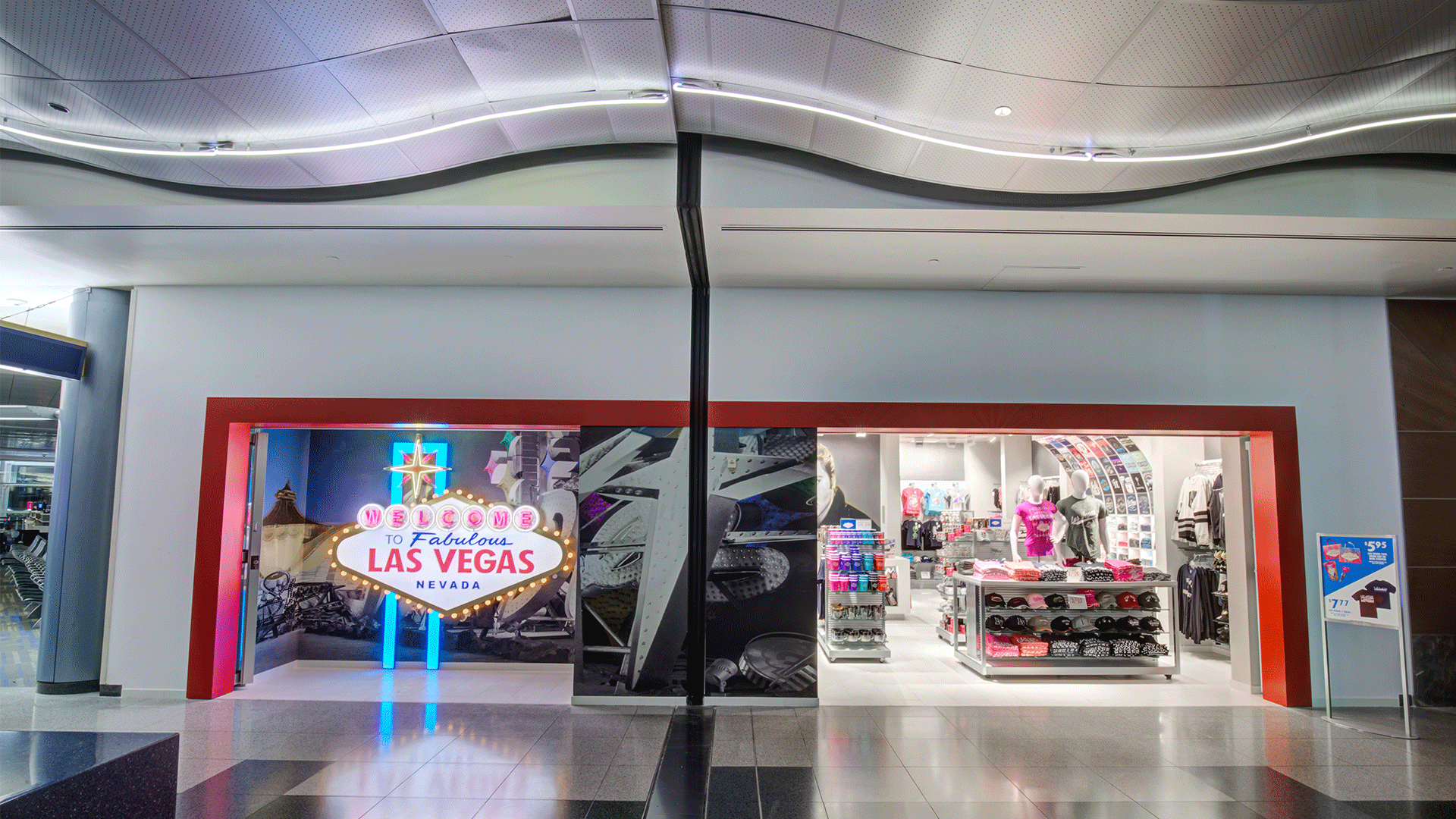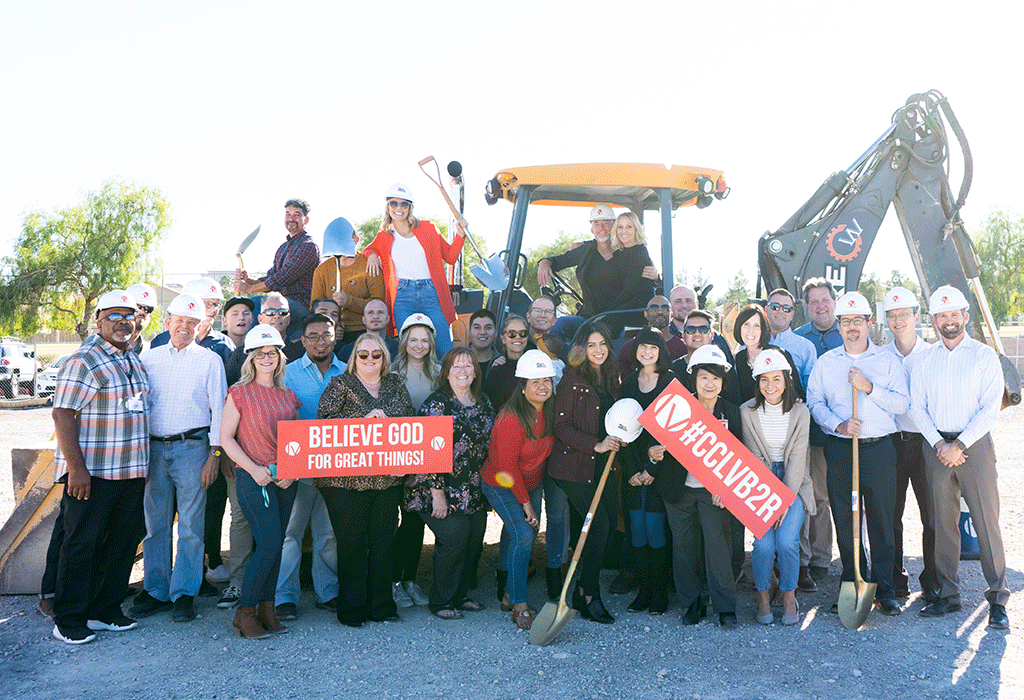Technology is changing the way people and machinery work throughout the world. In the construction industry, technology is helping to increase safety and reduce costs through the use of autonomous machines, and virtual and augmented reality.
Robotics
Autonomous machines are gradually being introduced on construction sites and companies are seeing increased safety and more efficiency. SAM100, a semi-automated mason, can lay about 3,000 bricks in an eight-hour shift, a wearable robotic suit helps to lift heavy objects with minimal effort and a rebar tying robot for bridge deck construction can work continuously, day or night, rain or shine. Bulldozers, excavators and other construction vehicles are also being developed to operate themselves to help in readying the groundwork for construction sites.
The use of drones in business sectors has also become more commonplace. Construction companies are seeing the value of using drones in a variety of ways. From surveying sites to inspecting job site safety and construction progress, drones are an efficient way to gather data and can help to achieve significant cost savings.
Augmented & Virtual Reality
Augmented reality (AR), a technology that superimposes a computer-generated image on a user’s view of the real world is also gaining traction within the construction industry. AR can overlay key information when inspecting buildings or during project site visits. It can also be very useful during all stages of the building life cycle: design, construction, maintenance and renovation. The technology can scan construction sites and alert supervisors to any potential hazards. AR can also be used when discussing projects with clients, providing a clear visual of the completed project on the empty site or inside an existing building, so that all parties can clearly visualize the final result and make any modifications early on in the process.
Virtual reality is being used in the construction industry to train more effectively. A number of training and safety programs are being developed to make training more accessible and safer for employees. Creating real life situations for employees to practice operating machinery in a safe environment helps to reduce the risk of injury and any potential damage to equipment.
Early adopters of these technologies are hoping to gain a competitive advantage. These companies see their teams working simultaneously with smart machines to complete projects faster and with added safety measures. As technology advances and evolves, human participation and supervision of jobs will always be essential, but it will be interesting to see how the industry adopts it and what impact it will have on the construction process.





